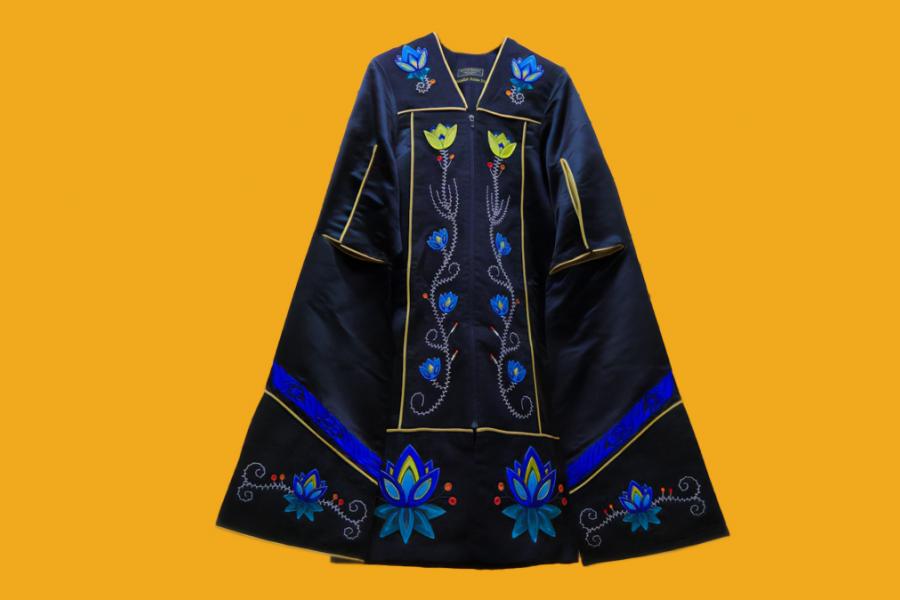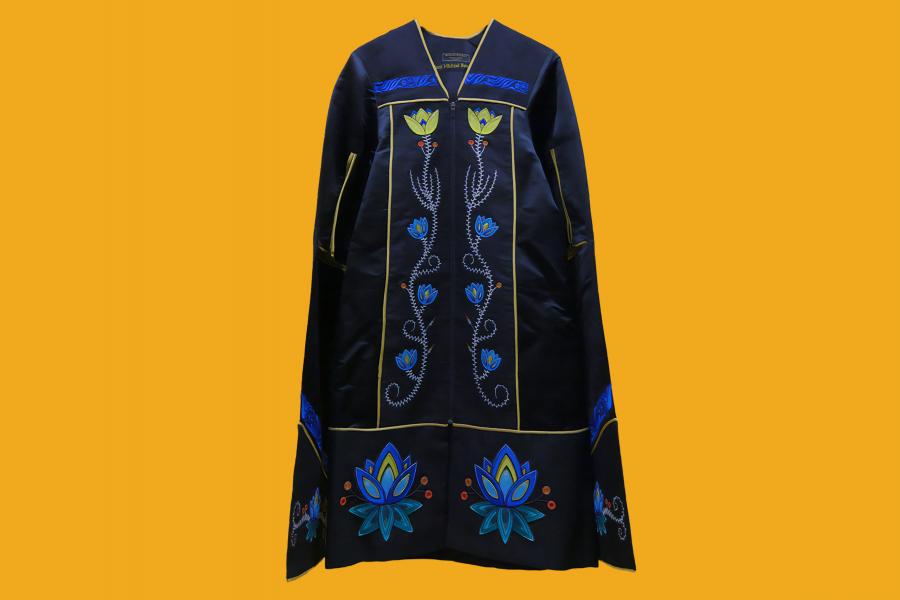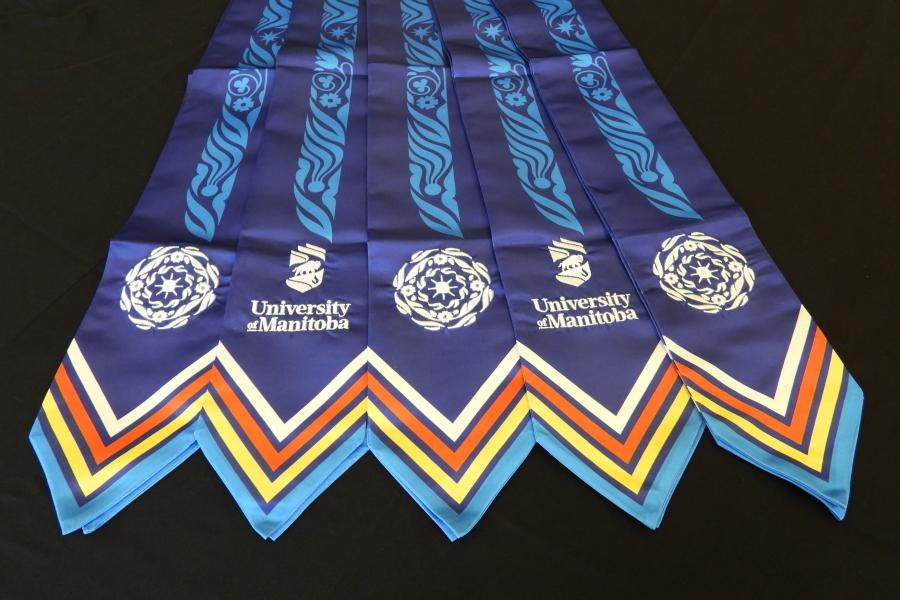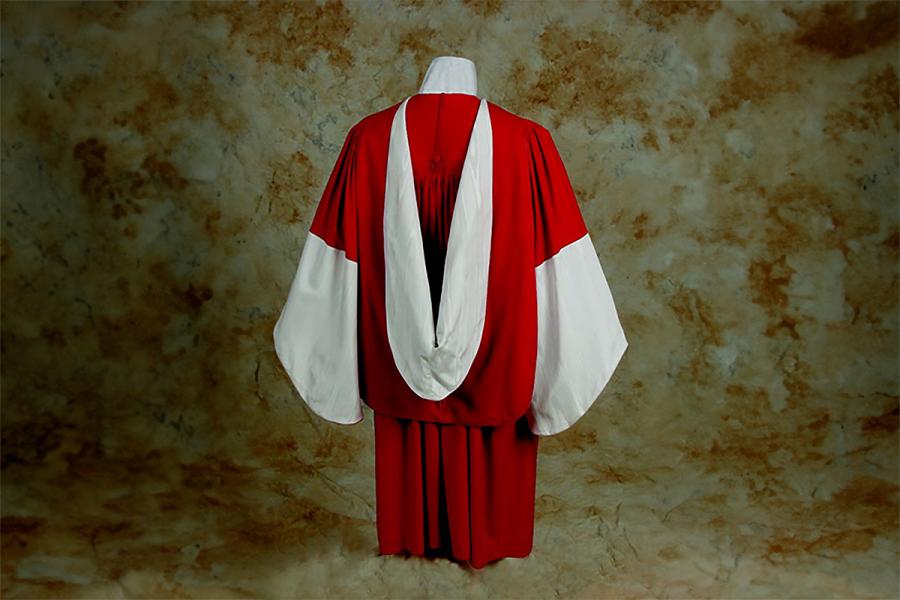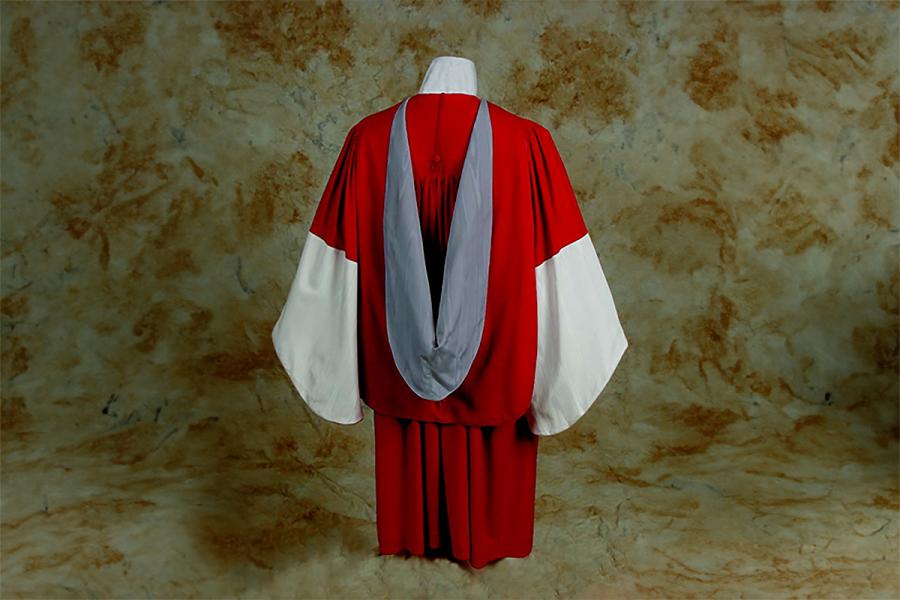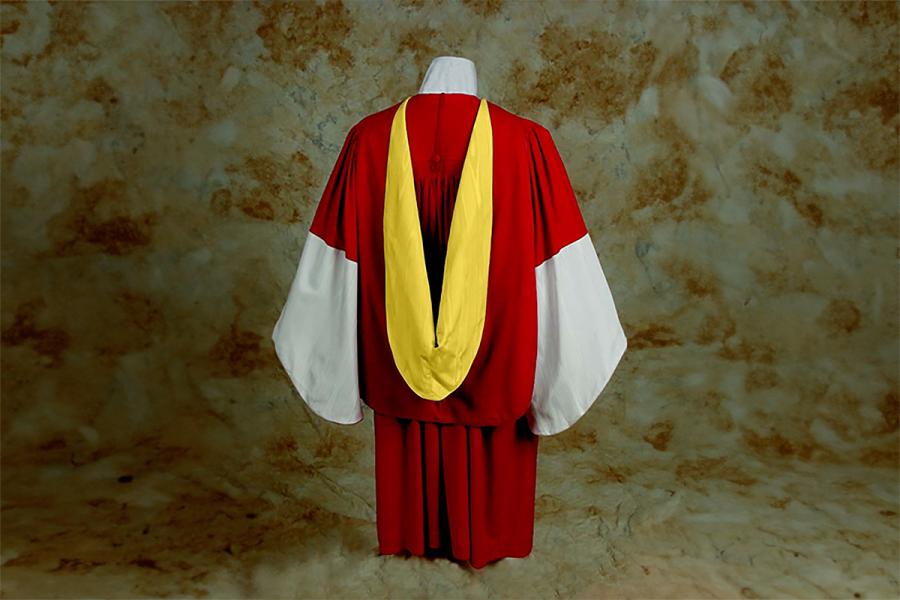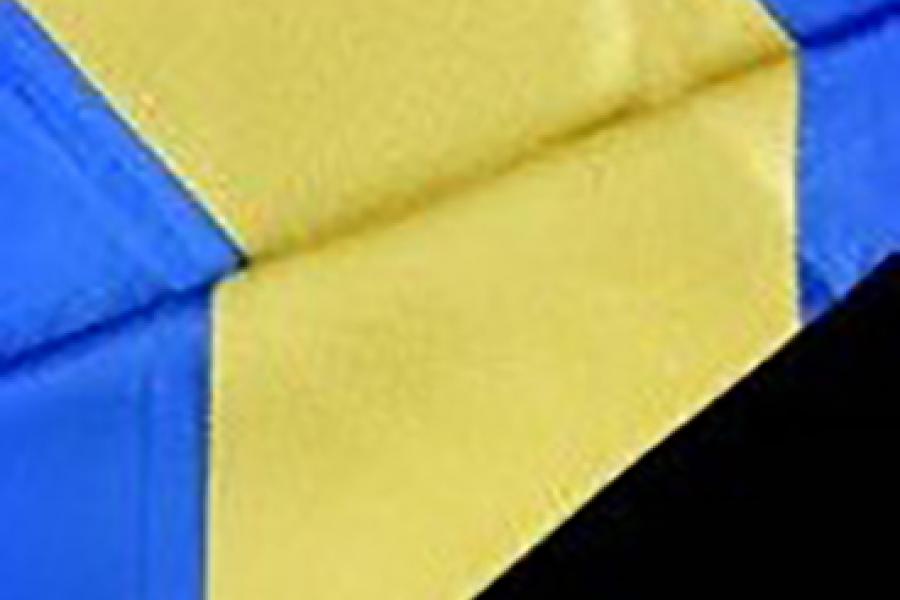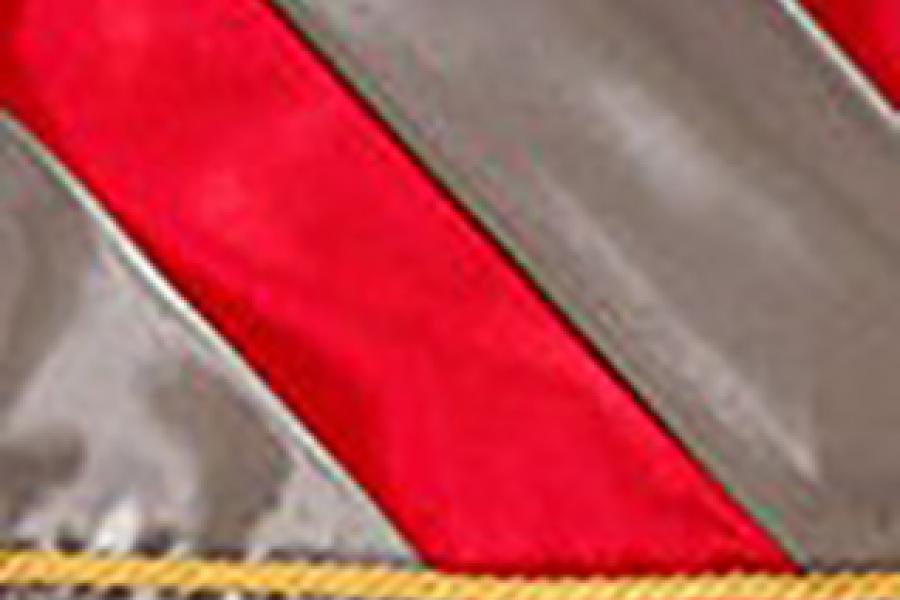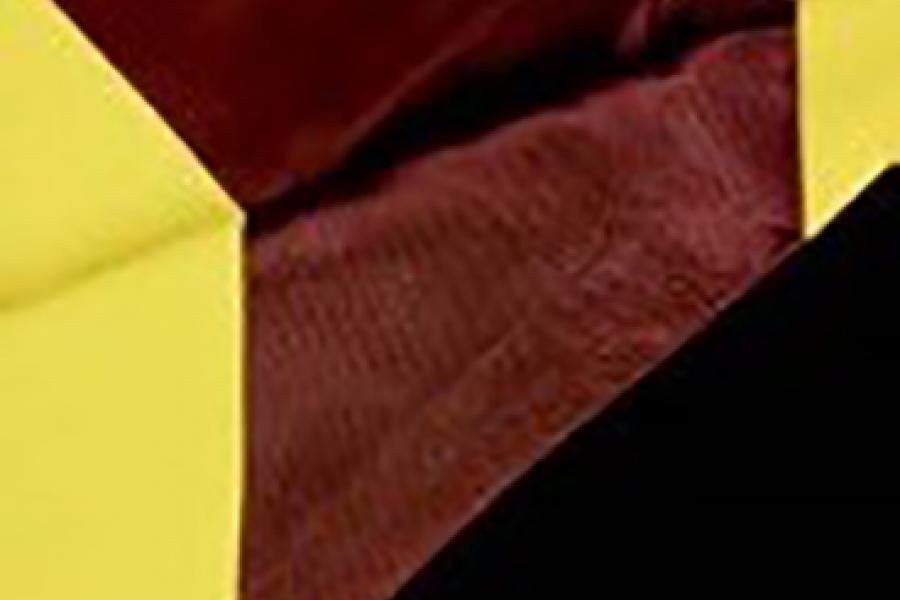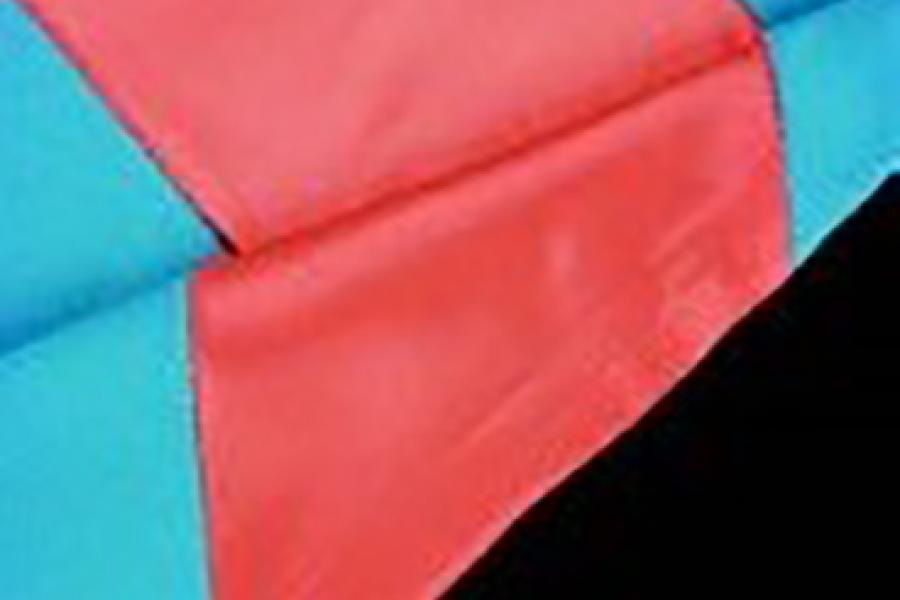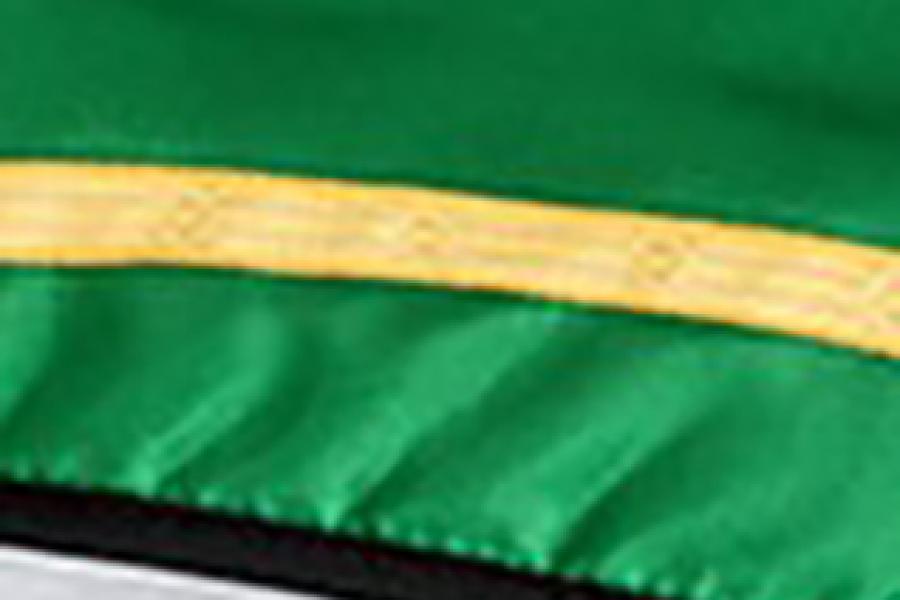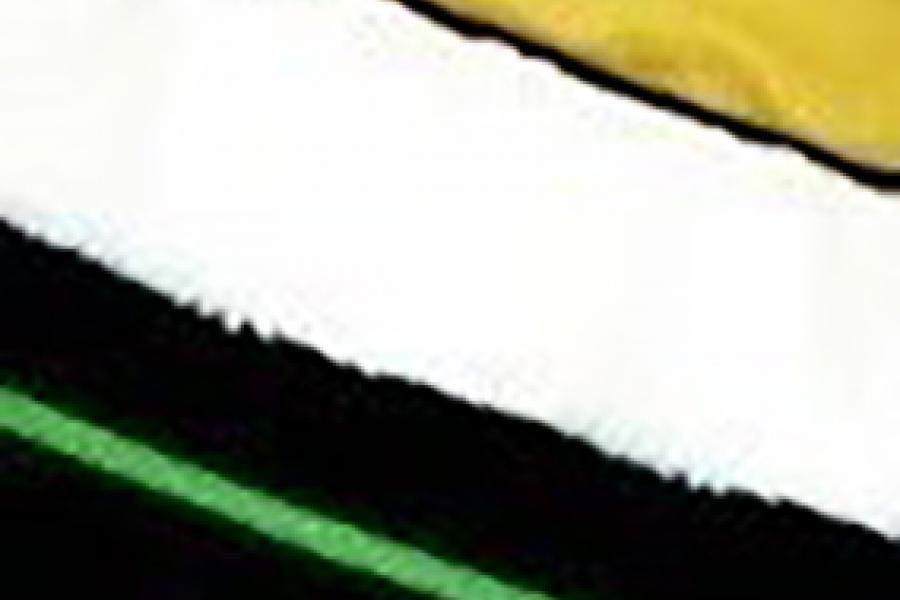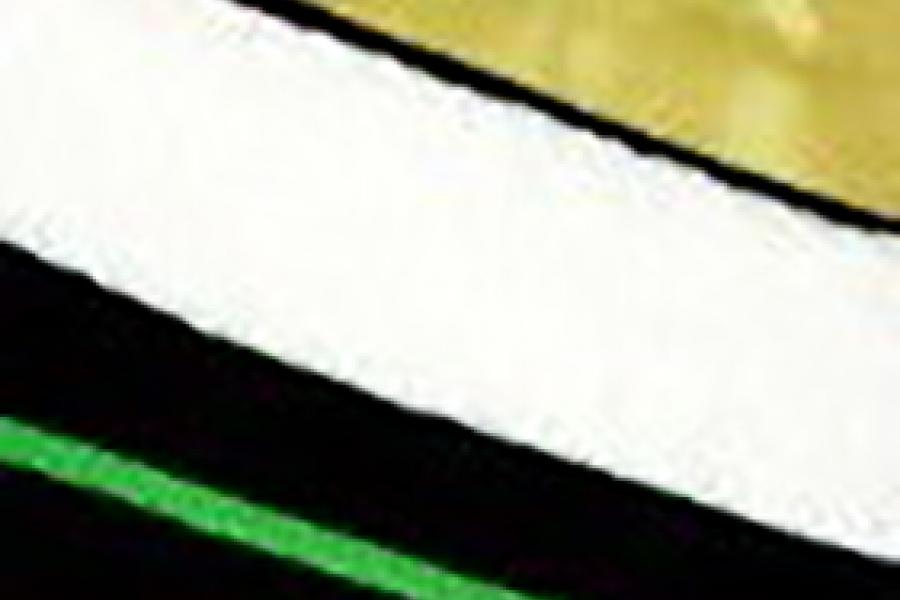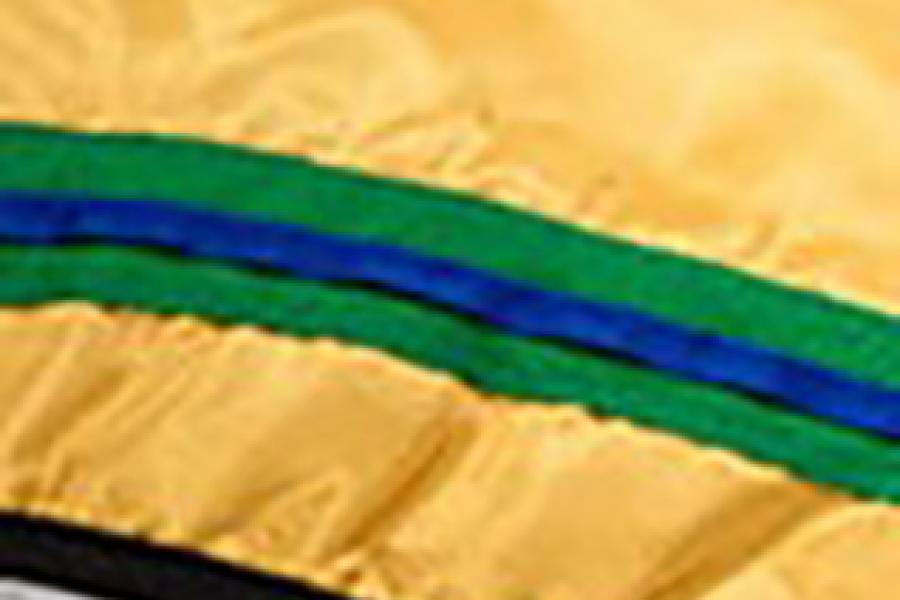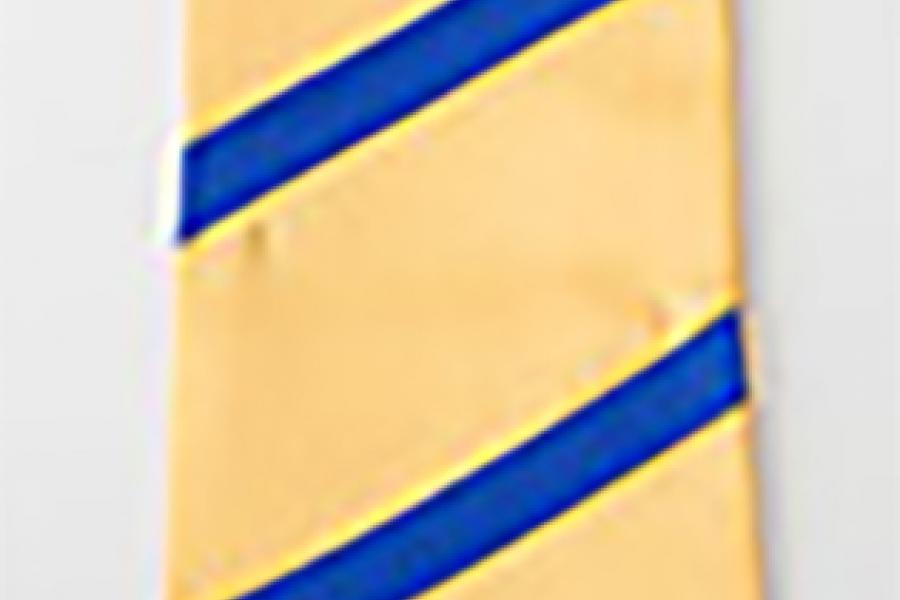Academic Dress chart
About Academic Dress
Background
The colourful ensemble of gown, hood (worn over the shoulders) and cap or mortarboard worn by graduands and members of the academic procession has deep historical roots. The gown can be traced to medieval times when the first universities were established in Bologna, Italy; Paris, France; and later in England at Oxford and Cambridge during the twelfth century. The hood linings around the shoulders were developed in England. The original function of the hood linings was to keep the wearer warm. The mortarboard caps originated in the seventeenth century when oversized mushroom-shaped hats were worn at Oxford and Cambridge. However, this style of hat became so loose and large that the corners would droop over the face of the wearer. Subsequently, a board was placed inside for support, evolving into the caps we see worn today. By 1770, the tassel was added.
Most universities and colleges in Canada, including the University of Manitoba, follow the British tradition of academic dress. The gowns, hoods and caps are patterned after the styles of academic dress at Oxford and Cambridge universities. Further to the British tradition, each institution has its own unique code of academic costume. The Canadian tradition embodies diversity among its academic collegiate.
The academic dress for the Université de Saint-Boniface, St. Andrew’s College, St. John’s College, St. Paul’s College and University College are identical to that prescribed by the Senate of the University of Manitoba. Graduands who receive a doctoral, master’s or bachelor’s degree, wear a gown with hood and mortarboard cap. Graduands who receive certificates or diplomas wear a bachelor’s gown with no hood. In 2012, the University of Manitoba approved the establishment of academic stoles for diploma programs. Distinctive stoles for diploma programs are worn over gowns.
This chart contains the academic dress for bachelor’s, master’s, doctoral, and honorary degrees at the University of Manitoba, as well as the stoles for diploma programs, and the gowns for the Chancellor and the President and Vice-Chancellor.
Description: Black silk robe with gold piping. Embroidered crocuses represent Manitoba and give a sense of place while the white, yellow, black and red represent the four symbolic nations of the medicine wheel. The use of red and orange represents missing Indigenous women and children and the roots symbolize our connections to this institution and one another.
Indigenous Graduation Background
Since 1989, the Indigenous Student Centre has hosted the Annual Traditional Graduation Pow Wow. It started small in the Multi-Purpose Room to becoming an all-day event hosted in Investor’s Group Athletic Centre at Fort Garry Campus. The Powwow honours and commemorates the academic achievement of First Nations, Métis and Inuit post-secondary students from the University of Manitoba and celebrates the work that takes place here. For the 25th event anniversary in 2014, the Indigenous Stole was created to honour past and future Indigenous graduates. The stole was envisioned by alumnus Dene Beaudry [BA/14] who wanted to distinguish and highlight Indigenous graduates. Following consultation with UM Indigenous staff, students and faculty, the Indigenous stole was created.
The day opens with a Pipe Ceremony, followed by a Grand Entry, graduation ceremony, community meal and dancing and entertainment throughout the day. A Grand Entry is a procession of community flags, Indigenous veterans, VIPs from both the campus and wider community who have contributed to the success of the graduates, and of course, the graduates themselves.

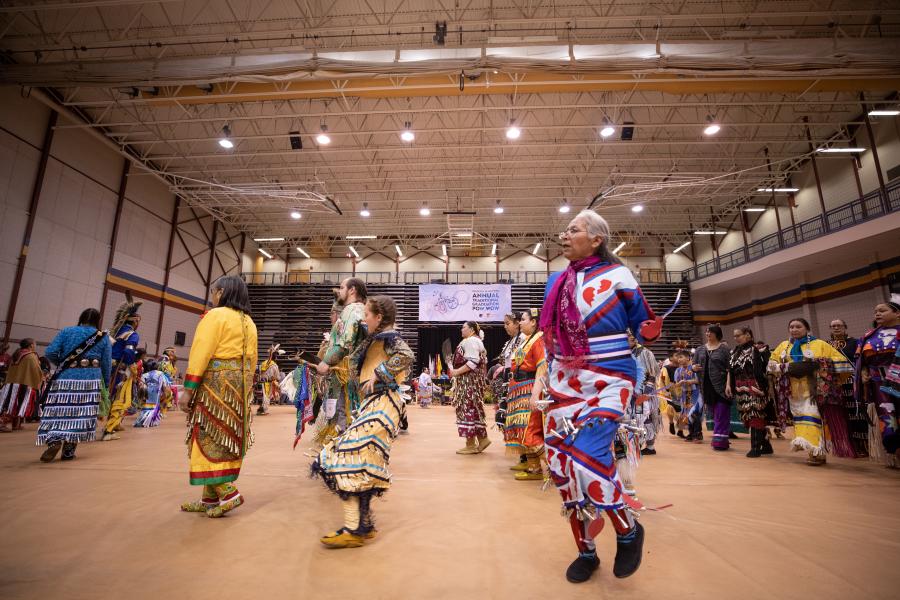

Honorary Degrees
Honorary Degree Gowns
The University of Manitoba confers the Honorary Doctor of Laws, the Honorary Doctor of Science and the Honorary Doctor of Letters to distinguished individuals who have made notable contributions to society.
The Honorary Doctors gown is made of a scarlet material with each side of the centre opening trimmed in white watered silk (the same material as the lining of the hood). The sleeves are banded with a single band to a depth of 38.1 cm in white watered silk.
The hoods are all made of the same scarlet material with distinctive lining.

Doctor of Philosophy
PhD Gown's
The first Doctor of Philosophy degree (in Agriculture) was conferred in 1928. For the next four decades, graduands donned a master’s gown to receive their Ph.D. degrees. In 1968, the University of Manitoba adopted its own Ph.D. gown.
The gown is made of a black material. Its style is similar to the Ph.D. gowns for American universities. The University of Manitoba’s signature on this gown is the red velvet panel around the neck and the front, and the three red velvet bands on the bell-shaped sleeves. The hood is green.

Masters Degrees
Master's Gowns
The University of Manitoba has patterned its master’s gown after the Oxford Master of Arts gown, which is made of a black material. Its distinctive feature lies in the T-shaped opening in the sleeves.
The hood is shaped after the Oxford hoods. It is approximately 1.22 metres (3.97 ft.) in length. Hoods for each of the master’s degrees have a distinctive coloured lining which folds back over the hood.
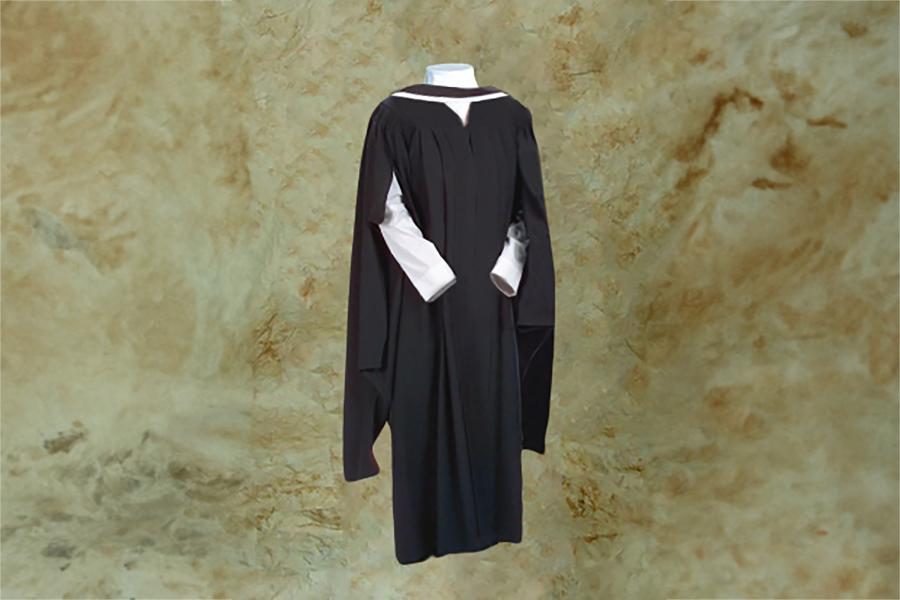
Bachelors Degrees
Bachelors Gowns
The University of Manitoba has patterned its bachelor’s gown after the Oxford gown. It is made of black material, has a front closure, and open, pointed sleeves. The bachelor’s hood is made of the same material as the gown.
The Bachelor’s hood is the same shape, size and material as the Master’s hood. It is accented by a border of white piled fabric with a narrow green braid. Hoods for each of the bachelor’s degrees have a distinctive lining.
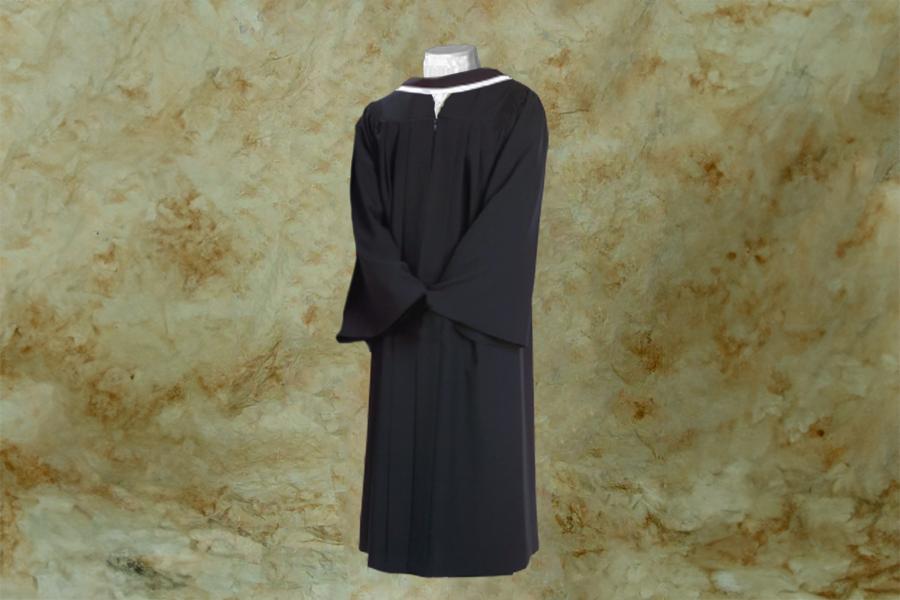
Diplomas
Diploma Gowns
In 2012, the University of Manitoba approved the establishment of academic stoles for diploma programs. Distinctive stoles for diploma programs worn over gowns would provide graduands with a sense of identity at convocation and would acknowledge the significance of their academic accomplishments


